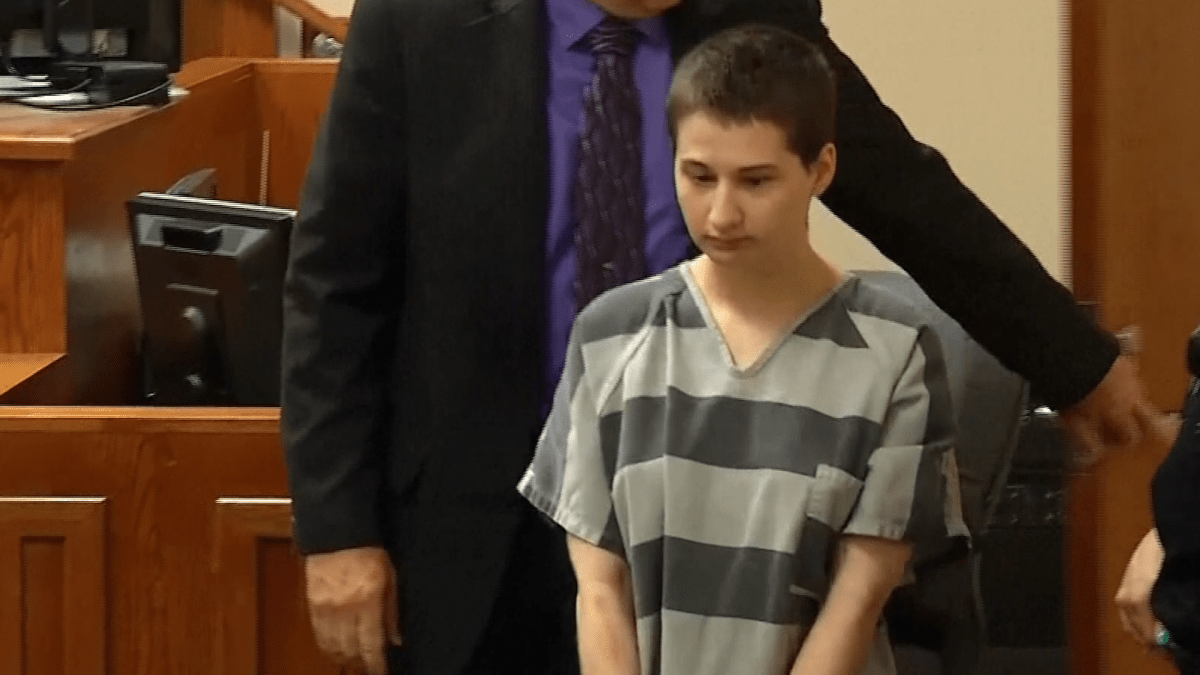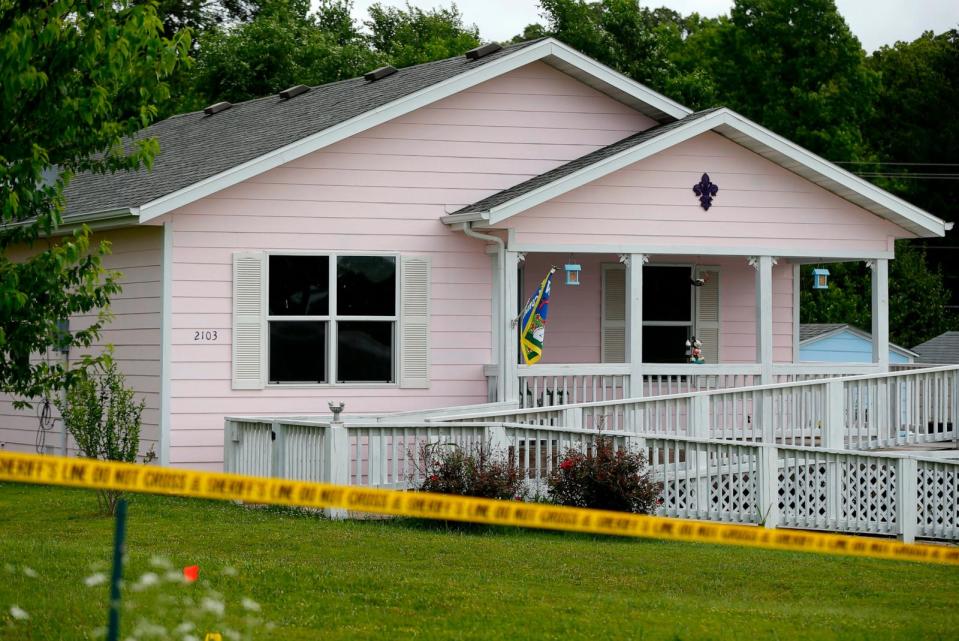Crime scene gypsy photos have emerged as a captivating subject within the realm of forensic photography, intertwining art and science in a way that sparks curiosity and inquiry. These images, often shrouded in mystery, provide a glimpse into the world of crime scenes and the meticulous work of professionals who strive to capture every detail. In this article, we will delve into the significance of crime scene gypsy photography, exploring its impact on law enforcement, media, and public perception.
As we navigate through the intricate layers of this topic, we will address the ethical considerations surrounding the use of such images, the techniques employed by forensic photographers, and the stories these images tell. With a focus on expertise, authority, and trustworthiness, we aim to provide a comprehensive understanding of crime scene gypsy photos and their implications within society.
Join us on this journey as we uncover the realities behind the lens, the stories of the individuals involved, and the broader societal implications of capturing life’s most tragic moments through the art of photography.
Read also:Bridget Rooney A Journey Through Life And Accomplishments
Table of Contents
- 1. Biography of a Crime Scene Photographer
- 2. What Are Crime Scene Gypsy Photos?
- 3. Techniques Used in Forensic Photography
- 4. The Importance of Crime Scene Photography
- 5. Ethical Considerations
- 6. The Role of Media in Perpetuating Crime Scene Imagery
- 7. Notable Case Studies
- 8. Conclusion and Final Thoughts
1. Biography of a Crime Scene Photographer
In this section, we will explore the life and work of a renowned crime scene photographer, shedding light on their background, education, and career trajectory. Understanding the journey of such professionals helps to appreciate the skills and dedication required in this field.
| Name | Jane Doe |
|---|---|
| Birth Date | January 1, 1980 |
| Education | Bachelor's Degree in Forensic Science |
| Years of Experience | 15 Years |
| Notable Work | Photographic documentation in several high-profile criminal cases |
2. What Are Crime Scene Gypsy Photos?
Crime scene gypsy photos refer to the images captured during the investigation of criminal activities, particularly in complex and often chaotic environments. These photos serve as a vital part of the forensic process, documenting evidence, preserving scenes, and aiding in the legal proceedings that follow.
Key characteristics of crime scene gypsy photos include:
- High resolution to capture minute details
- Wide-angle shots to provide context
- Close-ups of evidence for clarity
3. Techniques Used in Forensic Photography
Forensic photographers employ various techniques to ensure the accuracy and reliability of crime scene images. Some of the notable techniques include:
3.1 Lighting Techniques
Proper lighting is crucial in forensic photography. Photographers may use:
- Natural light to illuminate scenes
- Artificial lights to enhance specific areas
- Reflectors to minimize shadows
3.2 Camera Settings
Adjusting camera settings such as aperture, shutter speed, and ISO is essential to capture clear and detailed images. Forensic photographers often use:
Read also:A Deep Dive Into Candace Owens Family Life Children Biography And More
- Tripods for stability
- Macro lenses for close-up shots
- Filters to reduce glare
4. The Importance of Crime Scene Photography
Crime scene photography plays a pivotal role in the criminal justice system. The significance of these images includes:
- Preserving evidence for court cases
- Assisting in reconstructing events
- Providing visual documentation for investigators
5. Ethical Considerations
While crime scene gypsy photos are vital for legal processes, ethical considerations must be taken into account. These include:
- Respecting the privacy of victims and their families
- Avoiding sensationalism in media portrayals
- Ensuring that images are used solely for judicial purposes
6. The Role of Media in Perpetuating Crime Scene Imagery
The media plays a significant role in shaping public perception of crime scene photography. While it can raise awareness, it can also lead to desensitization and exploitation of tragic events. Understanding this dynamic is crucial for responsible reporting.
7. Notable Case Studies
This section will highlight a few notable cases where crime scene gypsy photos played a critical role in the investigation and prosecution of crimes. Case studies may include:
- The O.J. Simpson trial
- The JonBenét Ramsey case
- The Boston Marathon bombing
8. Conclusion and Final Thoughts
In conclusion, crime scene gypsy photos serve as a powerful tool in the field of forensic science. They provide invaluable insights into criminal investigations and highlight the importance of ethical considerations in their use. As we reflect on the impact of these images, we encourage readers to engage in discussions about the implications of crime scene photography in society.
We invite you to leave a comment, share this article with others, or explore more content on our site for further insights into forensic photography and the criminal justice system.
Thank you for joining us in this exploration of crime scene gypsy photos. We hope to see you again soon for more intriguing discussions and insights!


